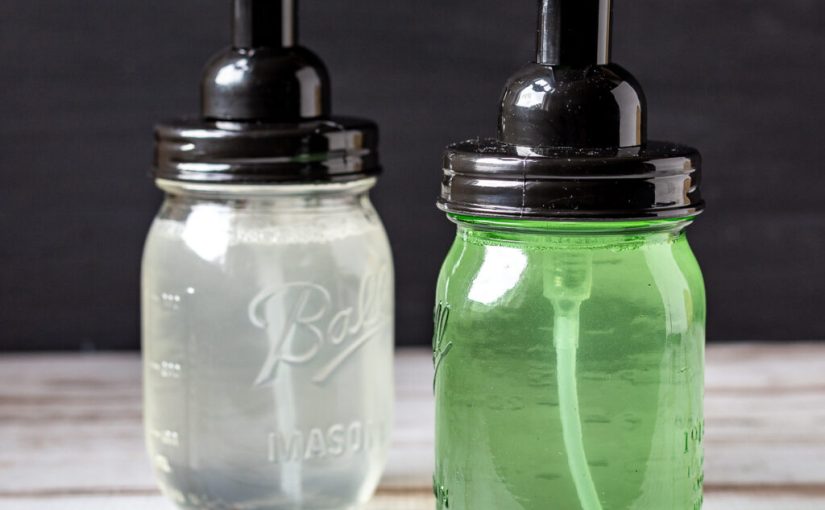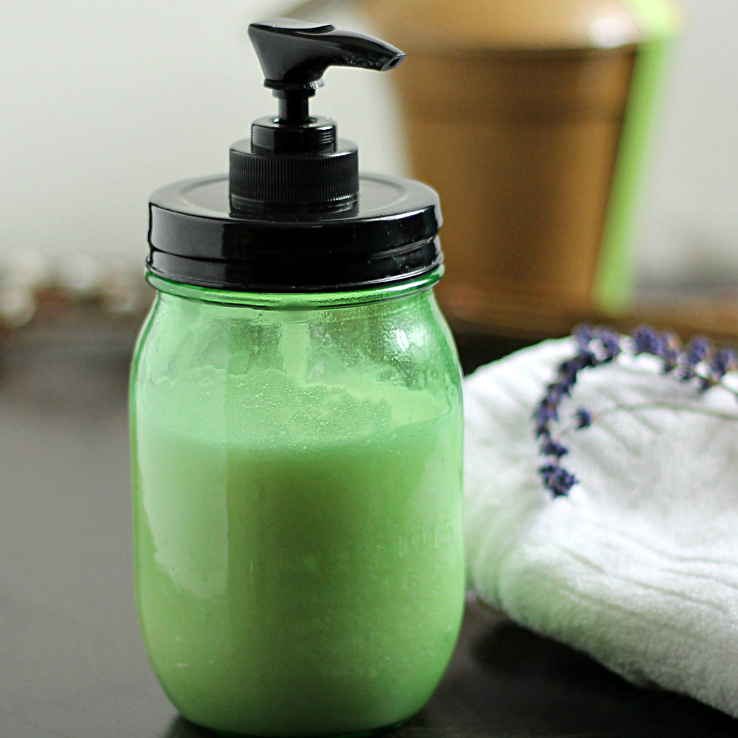Introduction to Making Hand Soap at Home
Creating your own DIY hand soap is not just a fun hobby. It’s a way to ensure you know exactly what’s going into your cleaning products. Starting this journey may seem daunting at first, but it’s simpler than you might think. In this guide, you’ll learn the basics of hand soap making, from essential ingredients to the step-by-step process. Making hand soap at home allows you to personalize every aspect. You control the scents, colors, and any natural additives you want to include. Moreover, it’s a sustainable choice that can help reduce waste from store-bought soap with excessive packaging. Whether you’re looking to craft a gentle soap for sensitive skin, a strong cleaning agent, or something in between, this blog will help you get started on making your very own DIY hand soap.
Essential Ingredients for DIY Hand Soap
Making your own diy hand soap is rewarding and simple. To start, you will need a few basic ingredients. These form the foundation of every hand soap recipe. Let’s look at what you’ll need.
Base Ingredients
Every hand soap starts with a base. You can use liquid castile soap or a glycerin base for most recipes. These bases are gentle on the skin and easy to work with.
Oils
Oils add moisture to your soap. Coconut oil and olive oil are popular choices. They are easy to find and have nurturing properties.
Distilled Water
Distilled water helps in mixing ingredients well. It is free from impurities that can affect your soap’s quality.
Lye
For bar soaps, lye is necessary. It’s vital for the saponification process. Handle lye with care, as it’s a strong alkali.
Essential Oils
Essential oils give your hand soap fragrance. They can have therapeutic benefits too. Choose oils based on the scent you prefer and the benefits you desire.
Coloring
If you want a colored soap, natural colorants are the safest bet. Use clays or botanicals for a splash of color.
These are your key ingredients for starting a diy hand soap project. With these, you can experiment and create soaps that suit your preference and skin type. Remember to prepare your working area before you begin. A clean space will help make the process smoother and safer.
Step-by-Step Guide to Your First Hand Soap Batch
Making DIY hand soap at home is a fulfilling project. Here’s a basic guide to get you started with your first batch. Follow these steps, and you’ll be on your way to creating a hand soap that’s uniquely yours.
- Choose Your Base: Start by selecting a liquid castile soap or a glycerin base. These are gentle on the skin and form the foundation of your soap.
- Heat the Base: Gently heat your base in a double boiler or in a microwave-safe container. Be sure not to overheat, as this can alter the composition.
- Mix in Oils: Add oils like coconut or olive oil to the base. They moisturize the skin and provide nourishment. Warm them slightly so they blend easily.
- Add Distilled Water: Mix in some distilled water. It ensures a smooth consistency and removes any impurities that might be present in tap water.
- Include Lye with Care: If creating a bar soap, mix lye into the recipe. Do this step in a well-ventilated area and wear protective gear. Lye is a potent ingredient required for saponification.
- Stir in Essential Oils: If you want a scented soap, now is the time to add essential oils. Choose the fragrances you love and mix them well.
- Pour in Colorants: For color, add natural colorants. Botanicals or clays can give a soft tint to your soap without harsh chemicals.
- Mold and Set: Pour the soap mixture into molds. Let it set until it’s firm. This can take a few hours to a full day, depending on the recipe.
- Unmold and Cure: Once set, remove the soap from the molds. Allow bar soaps to cure for several weeks. This hardens the soap and improves its quality.
Customizing Your Hand Soap: Scents and Colors
When making DIY hand soap, the ability to customize is a big draw. You pick the scents and colors that fit your own style and preferences. Here is how you can personalize your creation.
Choosing Scents
Select essential oils based on the fragrance that appeals to you. Lavender oil calms, while citrus oils like lemon can energize. Use single oils or mix them for a unique blend. Aim for a scent that brings you joy every time you wash your hands.
Adding Colors
For a touch of color, choose safe, natural colorants. Plants offer a wide range of hues – beets for pink, turmeric for yellow, or spirulina for green. These ingredients not only color your soap but can also add to its skin-nurturing qualities.
Remember, the key to customizing your DIY hand soap is to start simple. Pick one or two scents and colors to begin with. As you gain experience, you can get more creative with your combinations. Enjoy the process of creating a soap that’s perfectly tailored to you.
Natural Additives for Skin Benefits
When embarking on making your diy hand soap, you have a unique opportunity. You can impart skin benefits through natural additives. Below are excellent options to consider:
Aloe Vera
Aloe vera is known for its soothing properties. It can help with dry or irritated skin. Try adding aloe vera gel to your soap for extra comfort.
Oatmeal
Oatmeal isn’t just for breakfast. It gently exfoliates and soothes the skin. Ground oatmeal in soap can relieve itchiness and soften skin.
Honey
Honey is a natural humectant. It retains moisture and has antibacterial qualities. A small amount in your soap can make hands soft and clean.
Shea Butter
Shea butter is rich in vitamins and fats. It moisturizes well, making it ideal for dry skin. Add shea butter to your base for added nourishment.
Clay
Clay can detox skin and absorb impurities. Kaolin or bentonite clay are popular for hand soaps. They cleanse deeply without stripping the skin of natural oils.
Herbs and Botanicals
Use dried lavender, chamomile, or rose petals for their benefits. They can also give a gentle texture to the soap.
By incorporating these natural additives, you enhance your diy hand soap. They add qualities that can improve skin health. Experiment with different additives to find what works best for you. Remember to document your recipes and the effects of the additives. This way, you can refine your future soap-making endeavors.
Sustainability: Benefits of Homemade Soap
Making your own DIY hand soap has several sustainability advantages. These benefits are significant for both the environment and your household.
Firstly, homemade soap reduces waste. Commercial soaps often come in plastic packaging. By creating soap at home, you cut down on this plastic use. You can reuse or recycle containers instead.
Secondly, it lowers your carbon footprint. Hand soap made at home means less transportation from manufacturers to stores. You also decrease the demand for mass-produced soaps that consume more energy.
Thirdly, DIY hand soap supports the use of natural ingredients. You can avoid harmful chemicals found in some store-bought soaps. This is healthier for your skin and better for the planet.
Lastly, making soap at home can save water. Homemade soaps can be more concentrated than commercial options, requiring less water to use effectively.
In summary, homemade hand soap supports a greener lifestyle. It’s a step forward in living sustainably and taking care of our environment.
Troubleshooting Common Hand Soap-Making Problems
When diving into DIY hand soap creation, you may encounter a few common issues. Knowing how to address these problems helps you achieve perfect homemade soap. Here are solutions to typical soap-making challenges.
Soap Doesn’t Set Properly
If your soap remains too soft or doesn’t set, it could be due to incorrect measurements. Ensure to measure your base and additives precisely. Temperature also plays a role; soap may not set well if it’s too cold.
Mixture Doesn’t Blend
Difficulty in mixing usually happens when ingredients are of different temperatures. Warm your oils before adding them to the base. This helps them to blend more seamlessly.
Soap is Too Harsh
A soap that dries out the skin might have too much lye. Always double-check the lye ratio in your recipe. Wearing gloves when using hand soap could prevent skin irritation as well.
Colors are Fading
Natural colorants can fade over time, especially if the soap is exposed to light. Store your soap in a cool, dark place to maintain the colors.
Scents are Weak
If you can’t smell the essential oils, you may need to add more next time. Keep in mind that scents mellow as the soap sets. Choose potent, high-quality essential oils for a lasting fragrance.
With these tips, you can solve common DIY hand soap issues. Adjust your process as needed, and soon you’ll craft the perfect batch of soap.
Where to Find Supplies for Your Hand Soap Project
For your DIY hand soap venture, you’ll need quality supplies. Here’s where to begin your search.
Local Craft Stores
Start close to home. Local craft shops often carry soap-making essentials. Look for bases, oils, and molds there.
Grocery Stores
Your nearest grocery store may offer necessary items. Check for distilled water, oils like coconut or olive, and natural colorants.
Online Retailers
For a wider selection, go online. Websites stock a variety of essential oils and specialty items. They often have bulk options too.
Specialty Soap-Making Shops
Seek out stores focused on soap-making supplies. They carry items like lye, essential oils, and custom molds tailored for soap crafters.
Farmers Markets
Farmers markets sometimes have local vendors selling homemade bases and natural additives. These can add unique qualities to your soap.
Wholesale Suppliers
If making large batches, consider wholesale suppliers. They offer ingredients at lower prices for bulk purchases.
Gather your diy hand soap materials from these sources. Remember, fresh and high-quality ingredients make the best soap. Happy crafting!



